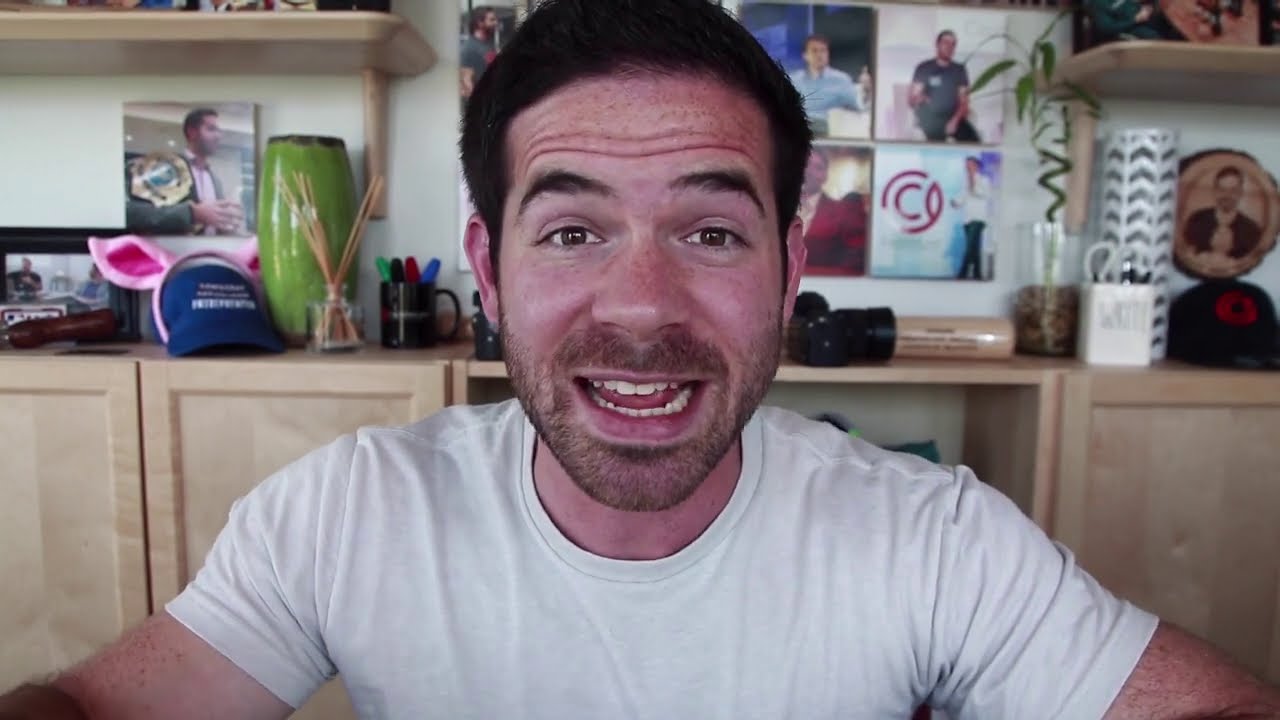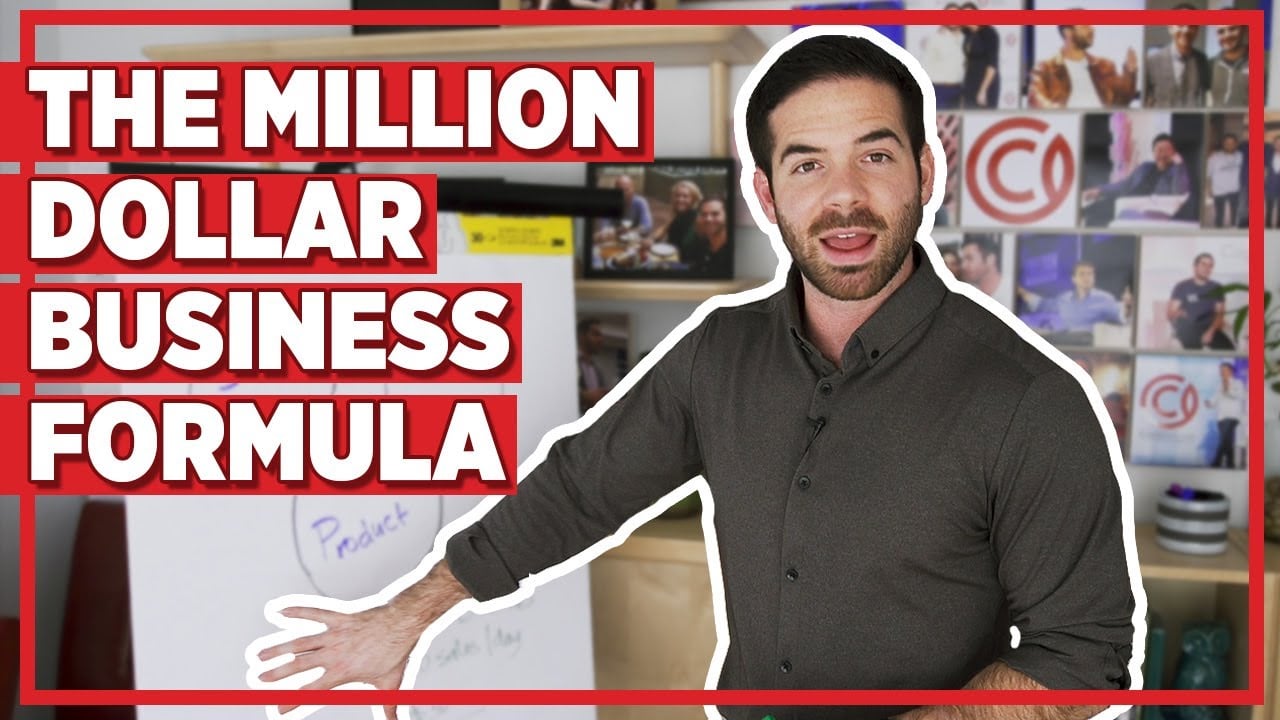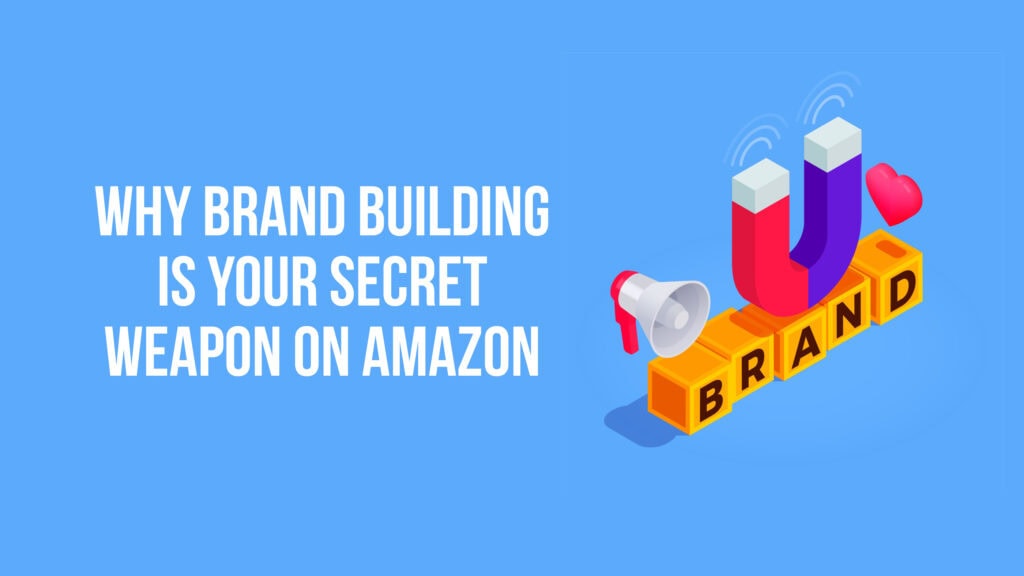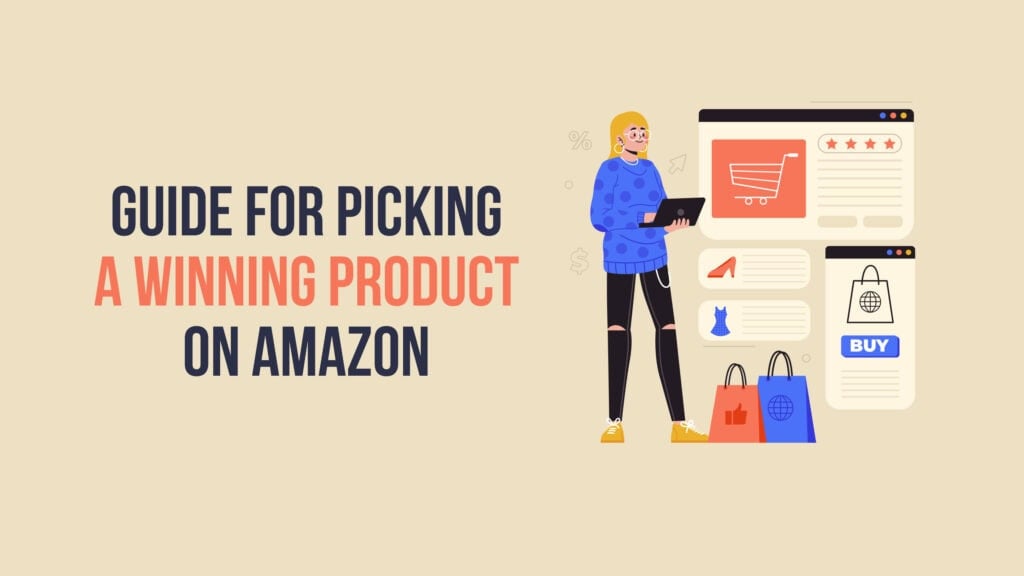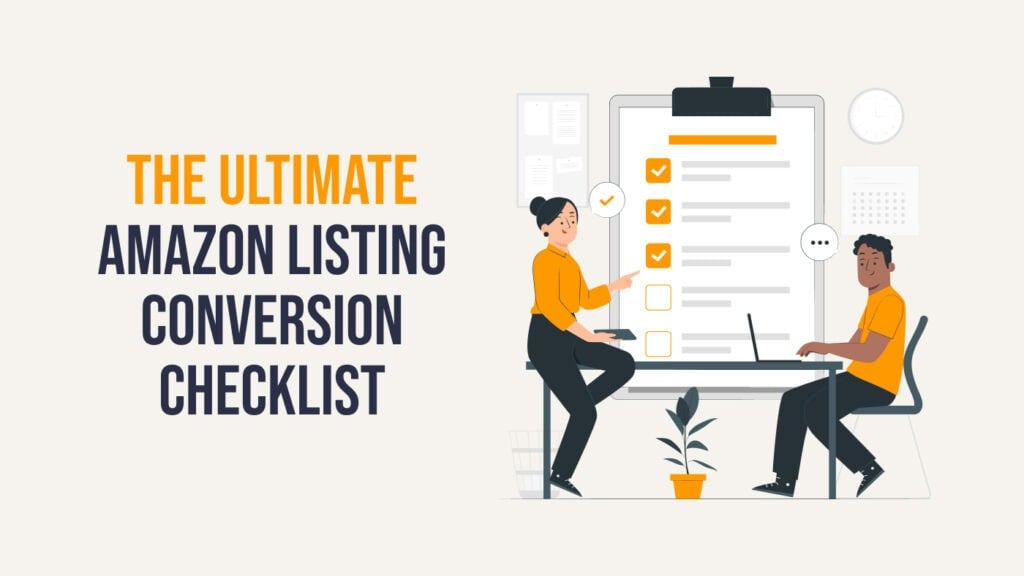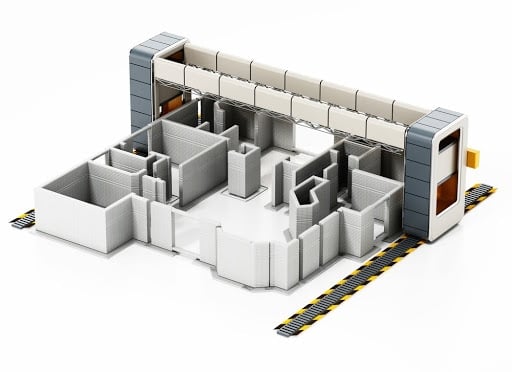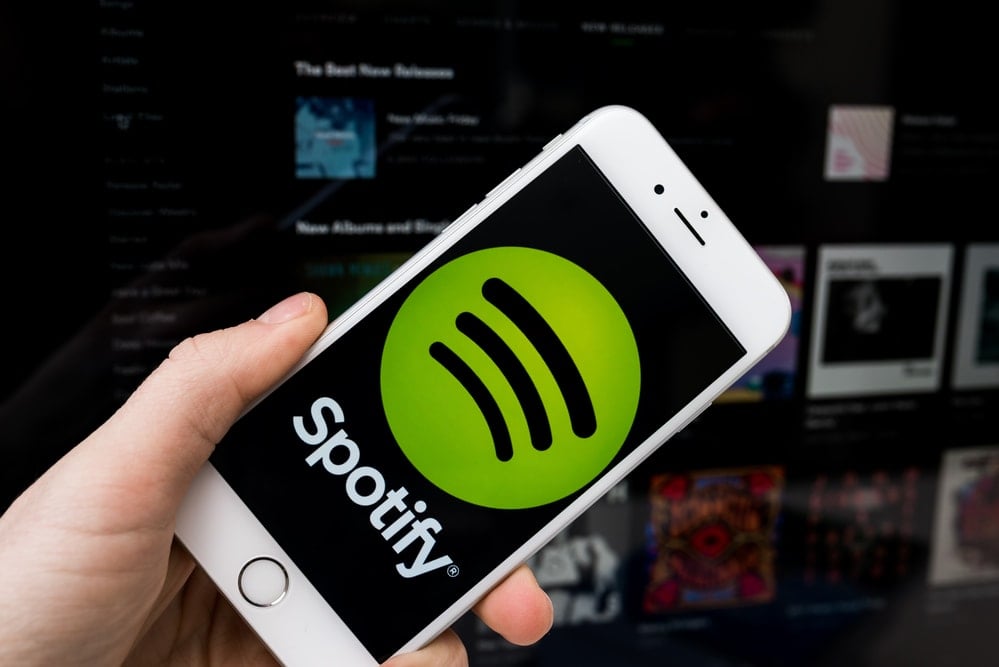New Product Launch During a Pandemic? Why Entrepreneurs Shouldn't Wait Until Normalcy Returns
How will you remember 2020? Lockdown orders? Mask mandates? Drive-thru testing sites? There's nothing remotely "normal" about this year. Millions lost their jobs, and others have become dependent on government handouts to survive. As an entrepreneur, you probably think you should put your upcoming product launch on the back burner, right?
What if we told you to go full steam ahead?
According to Capitalism.com's own Ryan Daniel Moran, it's the best time ever to be an entrepreneur, especially if you want to sell physical products. Even though the pandemic shut down life as we know it, many businesses are turning record-setting profits. And no, it's not the luck of the draw.
You have nothing holding you back from building a 7-figure business except the BS voice in your head that says it's going to be too hard.
But Ryan's words of wisdom don't mean you should just jump into raging waters without a lifejacket. You need to have a solid product launch plan to execute from start to finish.
Why the Pandemic Is a Prime Time to Launch a Product
There's a lot of economic uncertainty floating through the air. Everywhere you look, you see businesses closing shop for good. Rumor has it that 60% of restaurants will stay closed permanently. Other industries may also face a similar fate. And while casinos, hotels, and cruise ships may struggle to make a comeback, there is one sector still flourishing—e-commerce.
During the initial stages of the pandemic, Forbes reported that online year-over-year revenue increased by an impressive 68%, beating an earlier peak in January. Conversion rates also skyrocketed by 8.8%, a number usually only seen during Cyber Monday. In the United States, the beginning of August brought a 104% pure revenue increase and a 75% online retail increase, as reported by CCInsights.org.
So, what do these numbers mean to an entrepreneur looking to launch a product online? Simple—the time to jump is now.
People Still Buy Stuff
As Ryan notes, "Amazon has exploded during this post-pandemic noise." Other online avenues are also through the roof, including Shopify and Wayfair, the latter having 10x'ed in market share.
To further sweeten the deal, it's easier than ever to find cheap capital funding, either through government loans or private investors. Advertisement costs are at an all-time low—a mega-win because people are consuming more online content.
Got Milk? Amul Does
But don't just take our word for it. Amul, a dairy company that's part of the Gujarat Cooperative Milk Marketing Federation, wasn't afraid to launch new product lines in the middle of the COVID-19 pandemic. A CNBC TV18 article entitled, "Amul makes history with 33 product launches, highest ever in a single quarter," explains how dealing with high demand created its own problems.
The last four months haven't been easy for FMCG companies. Demand outpaced supply in the initial weeks of the lockdown and logistical challenges added to the troubles. But even as FMCG companies continued to scale up production of every-day use products that were high in demand during the lockdown, they also realized that the trend of in-home consumption was here to stay.
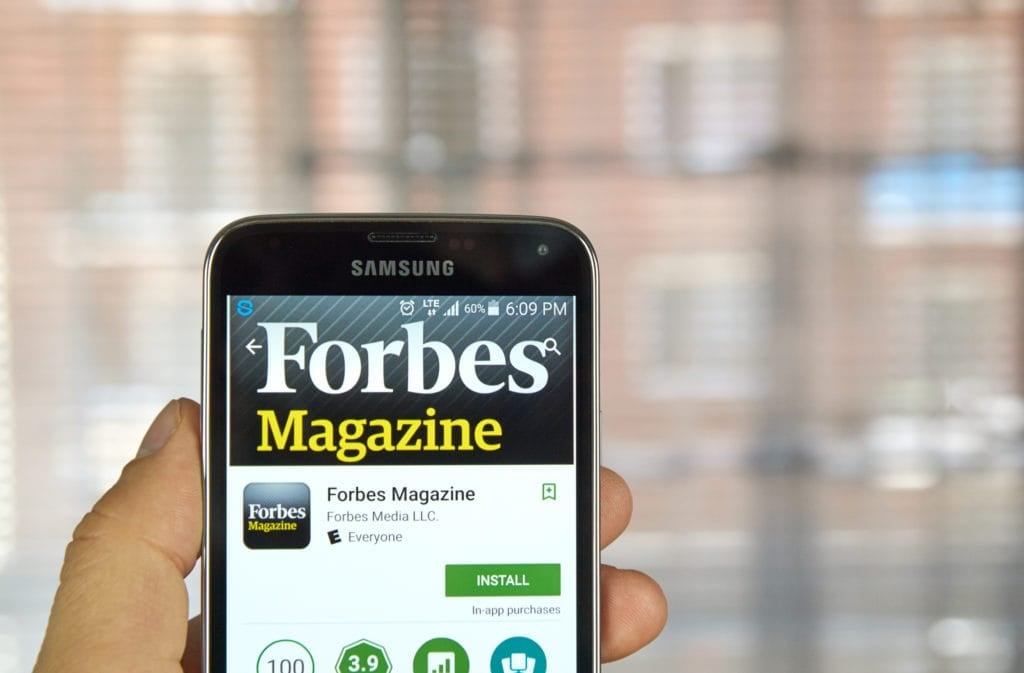
The success of the new products has led Amul to start looking at even other possible launches. Ready-to-go meals and frozen foods are already in the development stages.
Even with a global crisis, there's still a market for physical products. The best time to target a customer is when they're embarking on a new journey. And the pandemic represents a new journey for nearly everyone worldwide. Take advantage of this prime opportunity while advertising costs are low, and online selling momentum is high.
What Is a New Product Launch?
A product launch is a planned debut of a new product to the general consumer. The purpose of a launch is to build excitement, anticipation, and hype around the product. While you don't want to launch prematurely, waiting too long could also be a fatal mistake.
There's no set-in-stone product launch timeline, but planning your launch "sooner rather than later" is an excellent rule to follow. After all, you don't want to keep your audience in suspense for too long. And if you keep pushing back the launch date, a competitor may sneak up from behind and beat you to the punch.
Here are a few product launch examples from the past decade:
Apple iPad
Launched in 2010, Apple combined the iMac and iPhone's success to create the most popular tablet on the market. In its first year alone, the iPad sold nearly 7.5 million units.
Square payment reader
In 2010, Square released their payment reader to make it easy for companies to complete transactions on-the-go. The handy device became an overnight sensation.
Casper mattresses
Before Casper launched their mattress-in-a-box in 2014, consumers had to buy a new bed in person. Using quirky marketing to draw in a younger target audience, the company generated $1 million in sales in its first month.

Why Is a Product Launch Important?
Sure, you could list a product on Amazon without a launch, but it will probably get lost in the shuffle. While the FBA program is perfect for entrepreneurs looking to sell physical products, it's packed to the brim with listings. According to Marketplace Pulse, you would have to compete with 2.2 million active sellers.
Of those sellers, about 10% make over $100,000 in annual sales. Only around 1% manage to generate over $1 million in sales. And the stars don't just magically align for these top sellers. No, each one knows how to effectively brand, market, and launch products to find and retain their customer base.
A product launch is one of the best ways to get more buyers to your listing. Creating lots of buzz around your new product will make customers seek your brand out specifically. And the more you narrow down their search options, the more units you will sell. Without a launch, the odds of shoppers stumbling across your Amazon listing are low, if not wholly unrealistic.
How Do You Launch a New Product? What’s the Strategy?
Before you make a Facebook post or upload a photo on Instagram, you should sit down and create a product launch strategy. Even though you can't wait to introduce your new items to your customers, you won't get the sales and accolades you desire without a firm plan.
When it comes to introducing new products, no one could ever top the launch strategies of Steve Jobs. Even after his death, his innovative format remains the gold standard. Follow these product launch steps if you want to follow in his footsteps:
• Focus on your audience first, product second.
• Seek out opinions of industry influencers well before you launch.
• Innovation is the spice of life. Try something different and revolutionary to spark interest.
• Make a big production out of your launch date.
• Let your customers place orders before the actual release.
• Create suspense and FOMO with your audience.
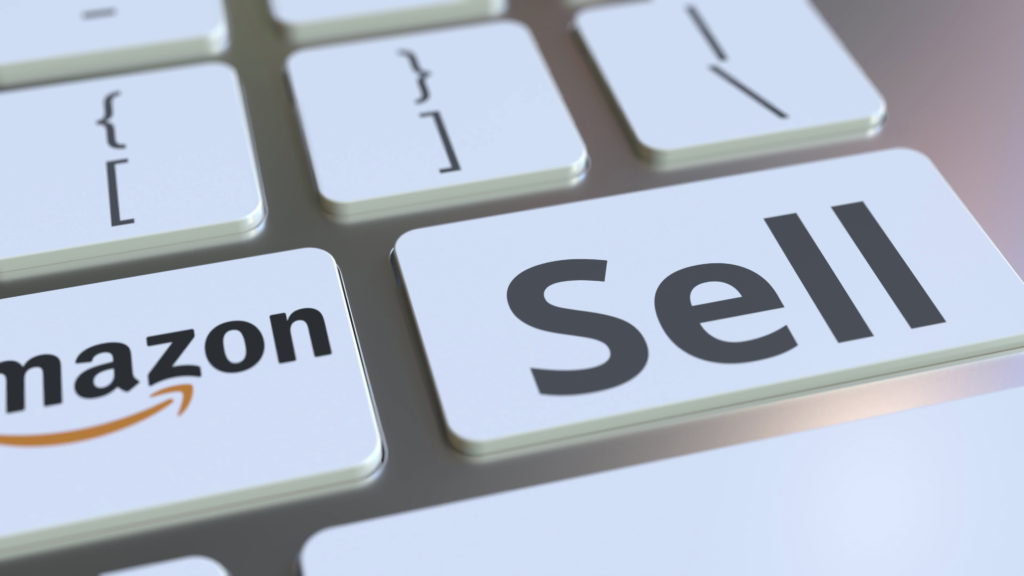
How Do You Launch a Successful Product?
Can you launch just anything? All the planning and strategizing in the world won't make a dud product fly off the shelves. Your audience will eventually figure out if a product isn't worth the hype. And if you release something you don't even like, why would you expect others to buy it?
How can you avoid those problems?
Here's a short product launch checklist to get you started:
• Observe and analyze your target audience to determine how to market to them.
• Understand how your product solves a fundamental problem your audience faces.
• Get to know your buyers' pain points and find a way to improve them.
• Build your brands' online presence well before you launch.
• Learn how to make your product stand out from the crowd.
• Predict any launch challenges and find ways to mitigate the risks.
• Determine your brand's voice and implement it into your launch.
• Communicate with your team to make sure everyone is on the same page.
• Always think about the future development of your product.
• Set and enforce a launch date.

The easiest products to sell are those the customers actually want. Products that serve a purpose and solve a problem.
Not All Launches Are Praise-Worthy
The top companies sometimes go to extreme measures to make sure they release products that will sell.
Amazon Jumps into Hot Water
The Wall Street Journal reports that "Amazon Scooped Up Data From Its Own Sellers to Launch Competing Products." While this may seem like a shady business practice, the online marketplace claims, "Like other retailers, we look at sales and store data to provide our customers with the best possible experience. However, we strictly prohibit our employees from using nonpublic, seller-specific data to determine which private label products to launch."
So, how do you find the right product to sell online? You don't have access to Amazon's seller data. And you also don't need to invent a revolutionary product never seen before. While we can't all be Steve Jobs, you can still source and sell items your audience will buy.
Start with Who
Take Kee' Undra Hatley-Smith, for example. Good Morning America explains how this entrepreneur found success and made a bold statement in a video titled, "This black mom entrepreneur launched a hair product line inspired by her daughters." Before launching hair products, Kee' Undra achieved online fame for dressing her family in matching clothes, which she often made. Some of the clothing was cute, while other pieces reflected difficult social times. "I felt it was my duty to show the reality of what we go through." She eventually decided to create hair care products for her daughters. "Their hair represents our culture also." Raised by en
To launch a successful product, you need to know who you want to serve and the few products you want to launch to those specific people. What's Ryan's advice for picking the right product to launch? Go with the one you're most passionate about. As you toy with different product launch ideas, remember, "If something is exciting to you, that's an indication that it's your highest purpose." Follow your intuition instead of copycatting other brands.

What Are the 4 Steps of Branding?
What does branding mean to you? When you think of different companies, specific things come to mind. For example, the iPhone makes you picture that half-eaten apple. McDonald's conjures up images of a red-haired clown (which may or may not be a pleasant thought). And Nike reminds you to "Just Do It."
But these brands are more than logos, colors, and catchphrases. They are a much bigger package that makes you feel something, whether it's good, bad, or indifferent. Branding involves building trust with customers by providing valuable, high-quality products and services. And once you achieve this, branding also becomes learning how to maintain these rabid fans.
Branding is more than marketing; it's a mood.
And now that you have a product in mind, it's time to focus on branding. While there are many facets to this complicated, yet essential marketing process, it's easy to break it down into four tested tactics to build interest before your product launches.
Tactic #1: Define your target audience.
Brands are not created equal, and what one person may like, another may loathe. You need to determine your exact target audience and market directly to them. Who is your product for? What problems does your audience face? How can you better serve them? Without the answers to these questions, your brand will become another fly-by-the-night, faceless company.
Tactic #2: Share your journey with everyone.
Preparing for a product launch event is exciting, and you should share this unique experience with your audience. Take them on a ride from concept to launch. This type of customer engagement creates the rabid fan base every brand desires. They're the ones who will be ready to buy when the launch date finally arrives.
Tactic #3: Accept and implement audience feedback.
The most successful people willingly listen to advice and criticism from others. Let your audience express their concerns and desires in a non-threatening, welcoming manner. Open your eyes and ear, and use their ideas to help mold your product development journey.
Tactic # 4: Create a visible presence on social media.
Humans are social creatures, and the most successful brands use this to their advantage. Create social media pages to build your audience. Communicate with potential customers in a way that reflects your brand's culture.
How Do I Launch My Brand?
Physical product brands are ideal for entrepreneurs who want to build a successful business. Why? When you sell products, the market is more predictable, and it doesn't have to cost a future to start. But you need to know where to begin.
Ryan sets the bar high when it comes to launching a new brand. He teaches how to start million-dollar businesses—not just a meaningless side hustle that takes up all your time. Best of all, you don't need a lot of cash to begin. It's possible to bootstrap your way to a booming brand that will allow you to live the lifestyle you desire. Here's his formula to reach that magic number:
How Do You Attract Customers?
As you develop your product launch template, it's easy to forget about what matters most—customers. It doesn't matter how unique, life-changing, or innovative the product if no one actually buys it. It's time to shift the focus from your product to people. Behind every successful brand are countless rabid fans ready to support it. And once you learn how to attract customers, your brand will be unstoppable.
People are everywhere, but it's trickier to pinpoint customers. Before you even attempt, you need to narrow down the pool as much as possible. For example, if you were hiring to fill an elementary teacher position, you wouldn't just list "bachelor's degree" as a requirement. No, you would specify candidates needed to have a "bachelor's degree in education with an emphasis on elementary education." You should do the same for your customers.
Once you understand your target audience, it's time to market just to them. You need to think about their lifestyle and behavioral factors. A great marketing strategy would engage on their level to build a meaningful relationship. Social media is a great place to start. Create profiles on a variety of platforms, and remember to post new content regularly. Respond to any comments and always encourage your customers to share with their followers.
Building an audience takes time and dedication, and once you gain a customer, you should do everything possible to retain them. Put automatic systems in motion, such as email lists, so that your customer base never loses interest. They may not buy today, but staying relevant will ensure they come to your brand first whenever they finally decide to push the checkout button.
The Countdown for Your Launch Begins Now
There's no reason to slow down your entrepreneurial spirit during a pandemic. As capitalists, we see problems and offer solutions—even in times of uncertainty. As online spending continues to increase at a staggering pace, launching the right product could earn you a fortune. Countdown to product launch begins now.
Want even more specific advice on building your own business? Then you’ll love this free video series we made just for you. You’ll probably also find answers to your questions about selling physical products by taking a deep dive into this e-commerce playlist on YouTube.

